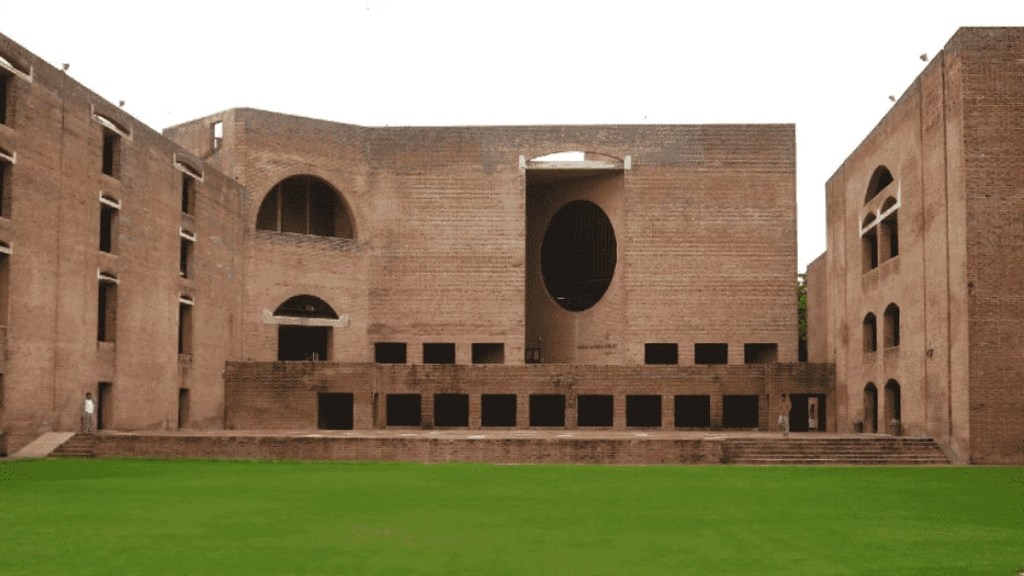When we think of India’s prestigious IIMs, we imagine tough entrance exams, high-paying placements and elite business education. But hidden behind the towering reputation of these institutes is a remarkable, lesser-known story — one where professors are not just educators, but entrepreneurs, consultants and industry leaders in their own right.
Over the past six decades, the Indian Institutes of Management have built more than just academic institutions. They’ve created a parallel ecosystem — a thriving industry — around knowledge, real-world experience and business consulting.
Born from industry, built for industry
The journey began in 1961, when the Planning Commission of India recommended the establishment of IIMs to meet the country’s growing need for professionally trained managers With mentoring support from Harvard Business School and MIT Sloan, the first two IIMs — Ahmedabad and Calcutta — were launched, carrying a clear mission: to bridge the gap between academia and industry.
Unlike traditional universities, IIMs have always encouraged professors to stay connected to real business challenges. From writing case studies based on real-world dilemmas to advising senior leaders in industry, this foundational industry-academia synergy has remained intact over the decades.
Professors as entrepreneurs
At IIMs, professors are more than academic experts — they are often independent consultants and thought leaders. Faculty members are encouraged to undertake consulting assignments and executive education programs, not only to remain aligned with corporate trends but also to generate revenue for themselves and their institutions.
According to data compiled from faculty inputs and public disclosures, top-earning professors at IIM Ahmedabad can make up to Rs 2.8 crore annually from external engagements. Similar patterns are observed across IIM Bangalore, Calcutta, Lucknow, and others. These figures are supported by disclosures in IIM Ahmedabad’s and IIM Bangalore’s Annual Reports for 2022–23.
Time-boxed but impact-focused
To balance this dual responsibility, most IIMs limit the number of days a professor can spend on external work to about 52–53 days annually. This ensures that core teaching and research obligations remain unaffected, even as professors engage with businesses.
Interestingly, this balance hasn’t hurt academic performance. In fact, it has helped IIMs stay deeply relevant to the changing demands of business education. As a result, institutions like IIM Ahmedabad and IIM Bangalore consistently rank among the top 50 in the world for their MBA programs (QS World University Rankings 2024), while IIM Calcutta and others follow closely.
This entrepreneurial faculty model also directly benefits students. MBA and doctoral students frequently assist professors on consultancy assignments or case development projects. These interactions not only provide hands-on experience but often lead to internships or job opportunities. Many of the business cases created in collaboration with students go on to be used in classrooms across the world.
A silent revolution in business education
The IIMs were built to serve industry — and they have done so while reinventing their own role in India’s knowledge economy. The economic value created through consultancy and executive education has allowed these institutes to fund scholarships, staff incentives, infrastructure, and research grants — all while maintaining academic independence.
It’s a model where the professor is not just a teacher, but a practitioner. A thought leader. A partner to industry. And most importantly, a bridge between India’s brightest minds and its biggest opportunities. This model has ensured that IIMs don’t just stay relevant — they stay ahead. And they’ve done so by quietly letting their professors become the entrepreneurs of academia.

